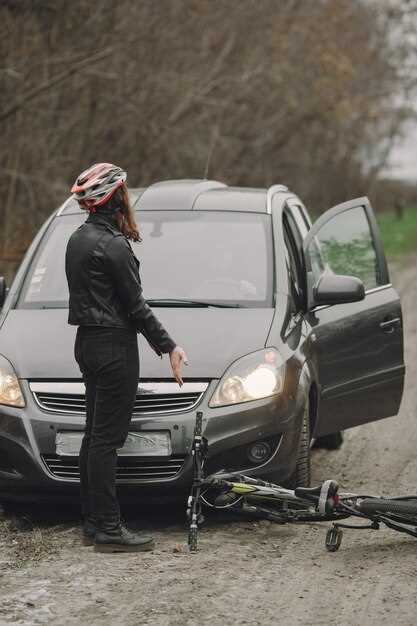
What to Do After a Motorcycle Accident

Experiencing a motorcycle crash can be a traumatic event, and knowing the steps to take immediately afterward is crucial for your safety and well-being. Understanding the right actions to follow can help mitigate the impact of the incident on your life, both physically and legally. This guide offers essential tips that can assist you in navigating the aftermath of a motorcycle accident.
Prioritizing safety is the first step in the aftermath of a collision. Assess your surroundings and ensure that you and others are out of harm’s way. If possible, move to a safe location and away from traffic. This basic yet vital action lays the groundwork for making informed decisions in the moments that follow the crash.
Collecting all relevant information is another critical step. Documenting the details of the accident, including contact information for witnesses, photographs of the scene, and insurance details, will prove invaluable should you need to file a claim or pursue legal actions later. These tips are essential in building a comprehensive understanding of what led to the incident.
Assessing Injuries and Securing Safety
After a motorcycle crash, the immediate priority is assessing injuries and ensuring safety for all involved. Begin by checking yourself for any visible injuries or signs of pain before moving on to assess others in the vicinity.
Check for Response: If someone is unconscious or unresponsive, do not attempt to move them unless there is a significant risk of further injury, such as fire or ongoing traffic. Instead, call for emergency medical assistance and provide details of the situation, including the number of people involved and their conditions.
Evaluate Visible Injuries: Look for bleeding, fractures, or any dislocated joints. Areas to focus on include the head, neck, back, legs, and arms. Even if an injury appears minor, it is vital to avoid movement until professional help arrives, as certain injuries can become severe if aggravated.
Ensure Safety: Once it is safe to do so, move to a secure location away from traffic. Turn on hazard lights if necessary, and help others to do the same. If possible, place warning triangles or flares at a safe distance to alert oncoming vehicles of the situation. Your safety and that of others are paramount until help arrives.
In summary, properly assessing injuries and securing safety following a motorcycle crash can significantly impact the outcome for all parties involved. Prioritize careful evaluation and maintain a clear focus on safety until first responders arrive on the scene.
Documenting the Scene and Gathering Evidence

After a motorcycle accident, it is crucial to document the scene and gather evidence to support any future claims or legal actions. The first step is to ensure your safety and the safety of others involved. If it is safe to do so, move away from the roadway to avoid any additional accidents.
Response: Call emergency services immediately. While waiting for assistance, begin documenting the scene. Use your smartphone to take detailed photographs of the accident site, including vehicle positions, road conditions, and any visible injuries. Capture multiple angles to provide a comprehensive view.
Tips: Collect information from all parties involved, including names, contact numbers, insurance details, and license plate numbers. Speak to witnesses and obtain their statements, as their accounts can be vital for corroborating your version of events. Write down the time, date, and weather conditions at the time of the accident to include in your report.
Additionally, seek medical attention, even if you feel fine, as some injuries may not be immediately apparent. Document any medical treatments or assessments you receive, as these records can be instrumental in substantiating your claims.
Remember, thorough documentation and evidence gathering can significantly impact the outcome of your case. Prioritize safety while ensuring you have all necessary information to aid in any legal proceedings.
Notifying Authorities and Filing a Report

After a motorcycle crash, ensuring safety is paramount. The first step involves notifying the authorities. This is crucial not only for documenting the incident but also for facilitating medical assistance if needed. Dial emergency services promptly and provide them with detailed information about the location and severity of the accident.
Once the authorities arrive on the scene, cooperate fully. They will assess the situation, gather evidence, and interview involved parties. Their professional response is essential in understanding the circumstances surrounding the crash. Be sure to obtain the incident report number and the contact information of any responding officers for future reference.
Filing an official accident report is vital for legal and insurance purposes. Depending on the jurisdiction, you may need to file a report with local law enforcement or the Department of Motor Vehicles. This document will detail the facts of the crash, including any citations issued or fault determined. Having a comprehensive report will support your case during insurance claims or legal proceedings.
In summary, promptly notifying authorities and ensuring an official report is filed are critical steps in the aftermath of a motorcycle accident. These actions not only promote safety but also help in the efficient resolution of any legal or financial matters arising from the incident.